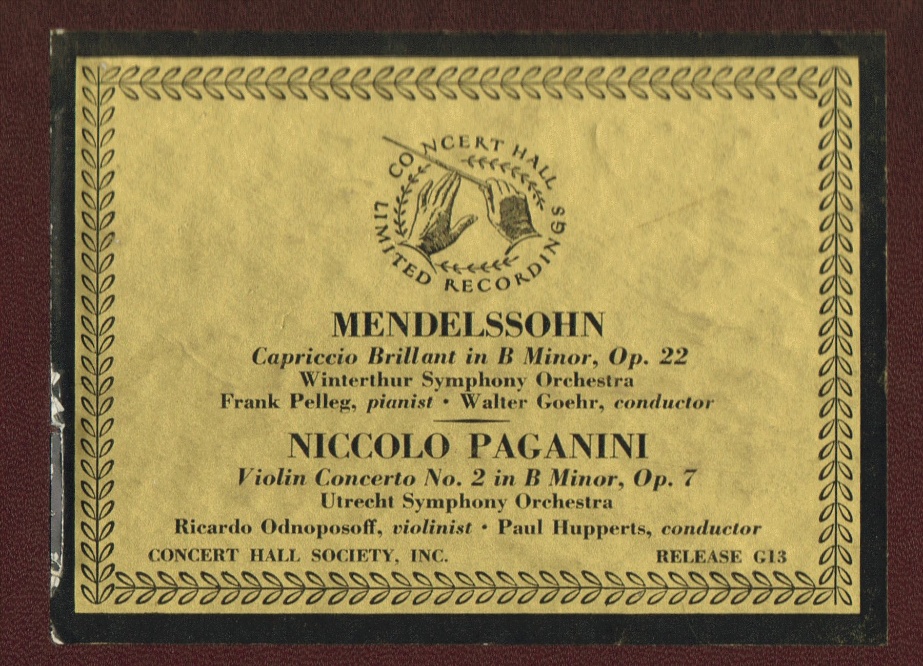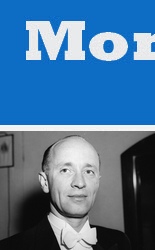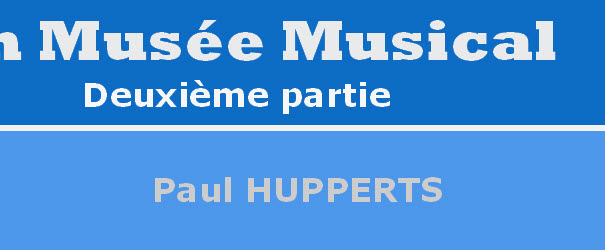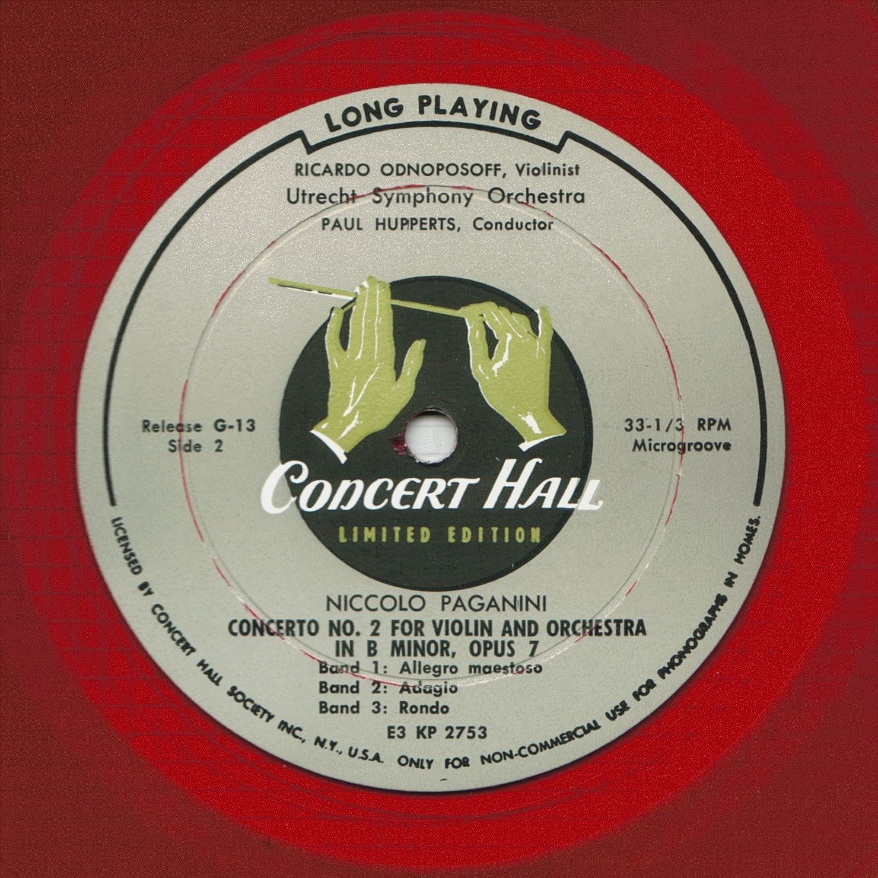
Niccolo Paganini compose ce concerto probablement en 1826, en Italie. Il n'a toutefois été publié qu'en 1851, donc bien après le décès de Paganini. Je cite ce qu'écrit James Lyons sur le verso de la pochette du disque Concert Hall Release G-13:
"[...] The Concerto No. 2 for Violin and Orchestra in B Minor, Opus 7, was not published until 1851, a decade and then some after Paganini's death. As to the date of B Minor we can only be sure that it was set down sometime between the No. 1, which Paganini performed as early as 1816, and the No. 3 in D Minor, which he wrote in Germany on the eve of his Paris début in 1831. We do know that the present work figured prominently in the 1829 Vienna recital which sparked his fabulons career; how long it had been completed is anyone's guess.
[...] the Concerto is a one-star show. A spell is woven at the outset by an eerie Tremolando opening in the strings. This is broken by a chord of the diminished seventh, and further punctuated by a series of Pizzicato chords which in turn are inundated by a Fortissimo before the first subject is heard. After the first Tutti the soloist enters spectacularly in the topmost register and from there on the star has the stage to himself. This first movement is marked Allegro maestoso.
Of the ensuing Adagio it bas been claimed that Paganini's inspiration was a performance by the actor Giuseppe de Marini in some nameless melodrama. (Unable to sleep after this moving experience, so goes the story, Paganini got up from his bed and improvised this movement. One might be tempted to accept the report if it had not been circulated about the Adagio of the No. 1 as well. This presumably apocryphal anecdote could, if true, date the B Minor beyond doubt for it was at Milan in 1815 that Paganini attended the performance in question.)
The final Rondo, with its marvelous imitation of a bell, has been a familiar fixture on recital programs for the past century. There is no piece in the violin repertory quite so taxing, nor any quite so effective in competent hands. Fiendishly difficult passages abound: double-stopping, thirds in the high-est register, arpeggios in rapid alternation of bowed and plucked notes, pizzicato stretches for the left hand, and sundry other technical challenges await the soloist every moment. [...]"



